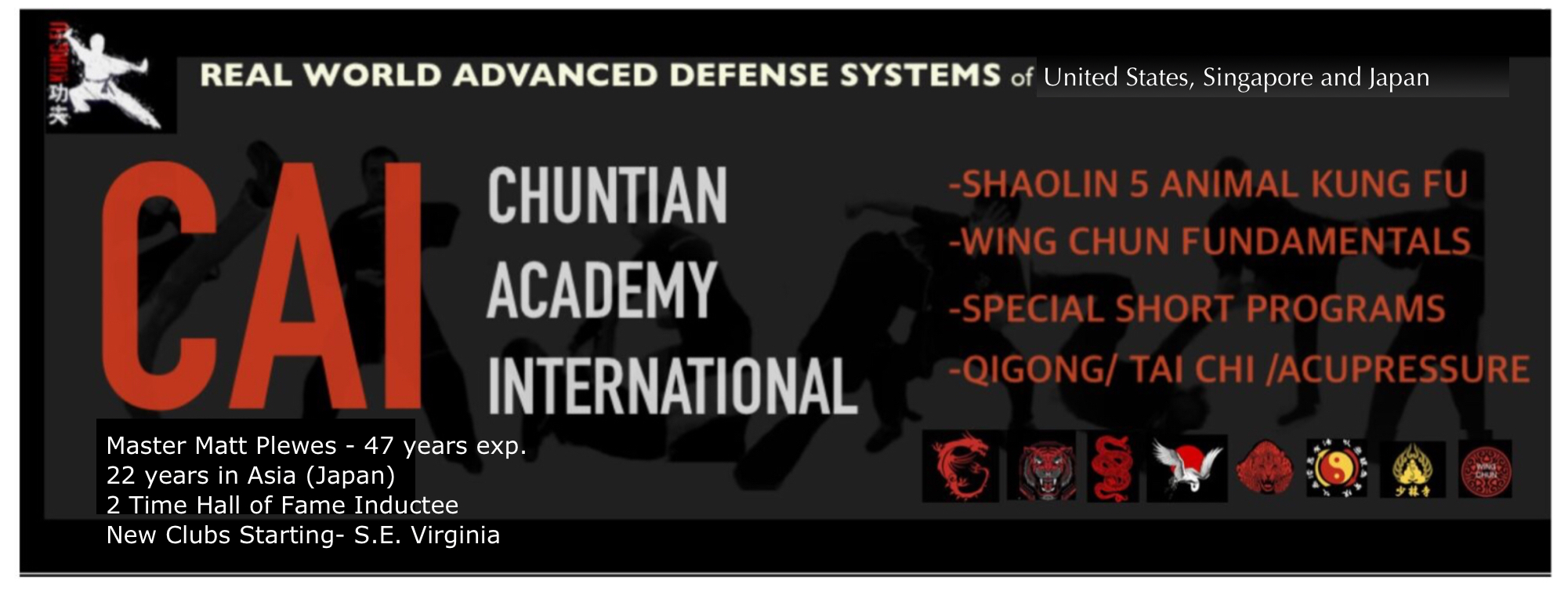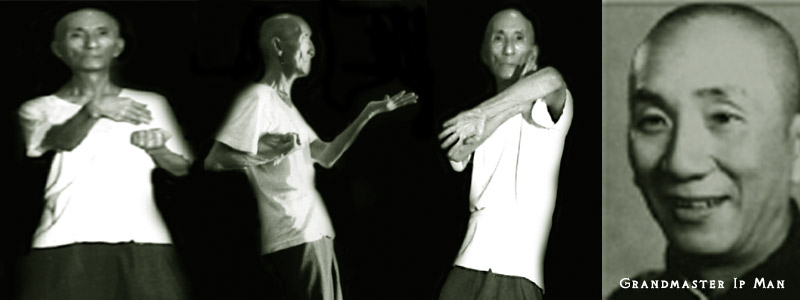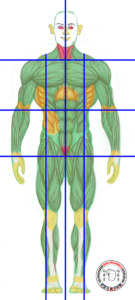Wu Xing (五形; literally “Five Forms”) sometimes referred to as Five Animal fist or forms, is a Chinese martial art that originated from the Shaolin Temple in Henan, some 1400 years ago and includes the five forms of animal-based Chinese martial arts: snake, crane, tiger, leopard and dragon. Each animal has characteristics that provide the practitioner with an array of offensive and defensive techniques. Only through a mastery of each of these animals can one hope to become a complete Kung Fu stylist.
Description
- Snake Form (蛇形; She Xing). This form is characterized by open-handed stikes. The hands are used for penetrating chops and focused, lightning-fast finger strikes. Because the snake is a calm and deliberate animal, it has more relaxed energy compared to the other forms: when the practitioner cultivates this energy, the combination of relaxation is mixed with quick, piercing strikes.
- Crane Form (鶴形; He Xing). The crane form is characterized by circular motions, relaxed power as well as sudden and focused attacks. A calm, meditative animal, the crane can stand on one leg for hours, without shifting its weight or growing restless: therefore, his form helps the practitioner hold his internal energy, which develops strength while building bones and muscles. The crane form is known for using the “beak” to strike targets such as the temple, and also for its long, extended strikes that mimic outstretched wings.
- Tiger Form (虎形; Hu Xing). In China, the tiger is said to be the king of all land beasts, therefore, the Shaolin Monks adopted the spirit of the tiger for its courage, strength and power. The tiger’s strength comes from hard-pressing attacks: developing a strong back and neck is essential for strong stances. The primary technique in the tiger form is the tiger claw, which targets the opponent’s face, neck, groin, arms and wrist. The tiger form also utilizes palm strikes, fists and special kicking techniques, such as the tiger tail kick.
- Leopard Form (豹形; Bao Xing). In China, though the leopard is a smaller animal than the tiger, it is believed to be, pound for pound, stronger. The leopard relies on lightning-fast movements, and powerful force that is produced from relaxed, whip-like techniques. It is important for the practitioner to develop a flexible waist, which allows him to develop quick and short footwork, as well as explosive strikes. The main technique used in this form is a leopard fist that penetrates vital areas of the opponent’s body, such as the throat, solar plexus and groin. There are also many elbow and forearm techniques.
- Dragon Form (龍形; Long Xing). The Chinese dragon is a mythical creature that can show itself to those he wants, especially to those who have reached the highest levels of enlightenment. The dragon form combines internal and external energy to produce sudden, explosive strikes, characterized by circular movements and penetrating force. Though the claw is the primary hand technique, there are also various palm and fist attacks that add to the dragon form’s effectiveness. However, using the waist in a whipping action to generate power is essential to the development of proper dragon energy.
WING CHUN
A more “recent” style (350 years) derived from the crane and snake.


